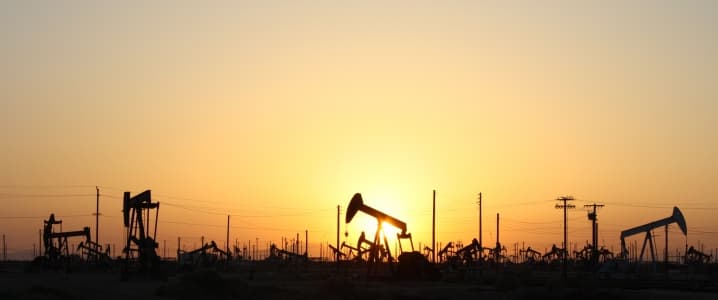U.S. shale oil is in the spotlight once again, this time not as a deterrent to a price improvement, but as the future of the global oil industry. It’s just like the early days of the shale revolution, when enthusiasm was high and everyone rushed to drill in the shale patch. Now, the world’s top commodity traders have gone on a shale rush.
Crude oil exports were banned in the U.S. until 2015, when the shale boom finally convinced lawmakers that it would make sense to export some of the crude that the shale patch was yielding. Although tentatively at first, total U.S. oil exports hit 1.3 million bpd at the end of May. Now, shale exports are set for further increases as global oil traders turn to the U.S. to satisfy their clients’ demand for the commodity.
Bloomberg’s Andy Hoffman recently wrote a piece on traders such as Trafigura, Mercuria, and Vitol pouring cash into shale oil infrastructure, clinching deals with drillers to export their crude. Trafigura, for instance, joined forces with Plains All American to export Permian oil and condensate in amounts of up to 100,000 barrels daily.
Mercuria, on the other hand, is not exclusive with U.S. shale: it also has Argentine shale in its sights. The trader is preparing to take over Argentine exploration company Andes Energia, in which it currently owns about 8 percent. The company is worth around US$515 million (400 million pounds), according to the Financial Times, but Mercuria will probably bid lower than Andes Energia’s market price. Related: Is Abu Dhabi’s Oil Major Eyeing An Aramco Style IPO?
Vitol also sees a bright future for U.S. shale exports: according to the head of its American operations, the Swiss-based firm expects to ship more shale through the rest of the year, as it expects production to increase by 600,000-700,000 bpd.
“Shale, barring a major environmental issue, has become the new reality. It brings more optionality for oil trading and this is exactly what traders need,” energy consultant and ex-HSBC commodity banker Jean-Francois Lambert told Bloomberg’s Hoffman.
Bankers in the U.S. seem to agree: a recent Wall Street Journal story looked into the renewed willingness of banks to lend to shale drillers despite still high breakeven levels, which mean that most of them are losing rather than making money on every barrel. U.S. shale drillers have been adding rigs for almost six months now, with just one weekly decline in the active rig total over the last 25 weeks. This growth has put total U.S. output on track to hit 10 million bpd before the end of the year, according to WSJ’s Bradley Olson.
Some industry insiders are beginning to worry about this new burst of spending amid falling prices that are squeezing profit margins, and more often than not, are deepening losses on the barrel. Others, like Aramco’s chief, Amin Nasser, believe that even shale oil won’t be able to prevent the shortage of crude that’s looming as a result of insufficient investments in new discoveries. It’s a challenge to interpret such statements outside a context of stubbornly low prices and an increasingly desperate OPEC, and yet it is a fact that the price crash from 2014 did erase many investments in new discoveries. Just not everywhere.
A lot of shale drillers have gone under in the last three years, but now the situation is recovering, and with friendly bankers on their side, shale boomers are again in growth mode. Despite skepticism about how many of them can actually turn a profit at these price levels, virtually all global oil supply forecasts feature U.S. shale as a major driver and a growing export force. In fact, the latest such forecast came from PIRA Energy: the firm has forecast that the U.S. will export 2.25 million barrels of crude daily by 2020. That’s more than a lot of OPEC members. Global traders are excellent at feeling which way the wind is blowing, and their U.S. shale focus is the latest demonstration of that.
By Irina Slav for Oilprice.com
ADVERTISEMENT
More Top Reads From Oilprice.com:
- Qatar Spat Worsens As Saudi-Led Arab States Vow New Measures
- Shale Investment Booms, But Global Oil Has A Big Problem
- Will Oil Inventories Continue To Fall Over The Summer?



















I am puzzled by our domestic drive to produce ever-increasing volumes of crude, today.
I am puzzled by our domestic drive to produce ever-increasing volumes of crude, today.
Fracking was never going to be a longterm play. Already, people have forgotten the enthusiasm for fracking in New York, Pennsylvania and particularly, Ohio.